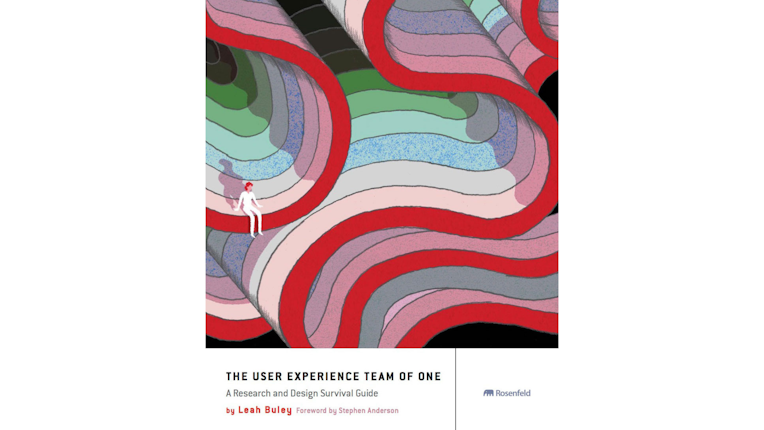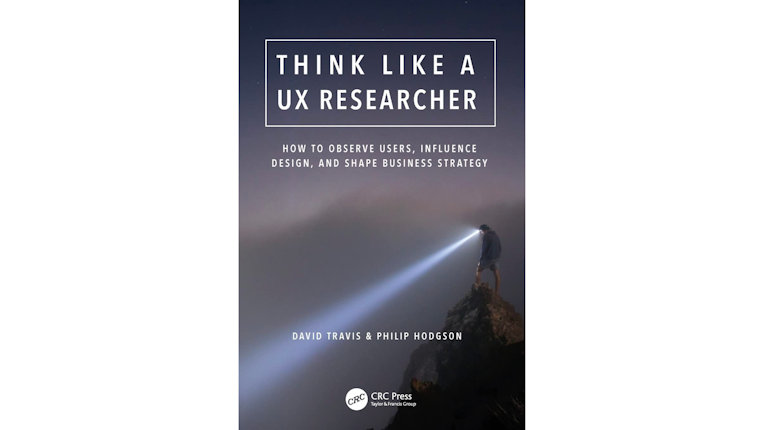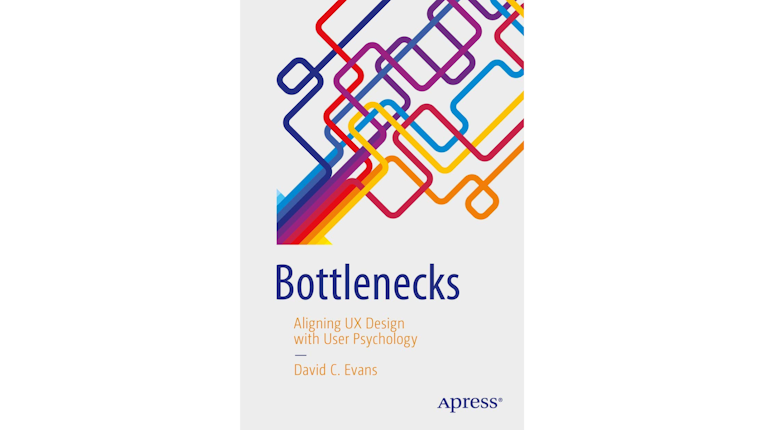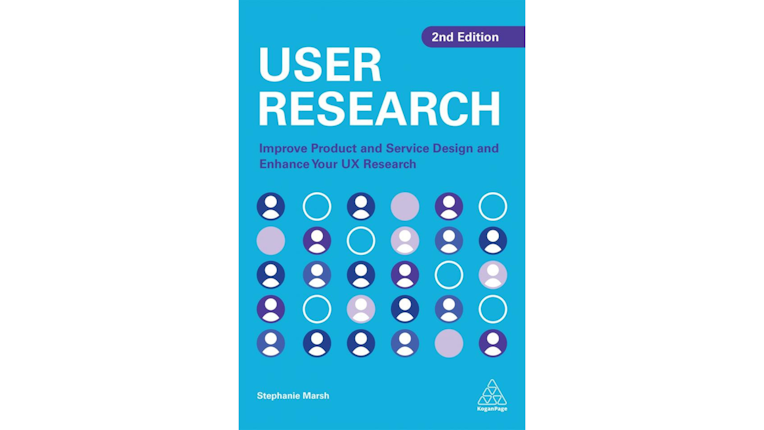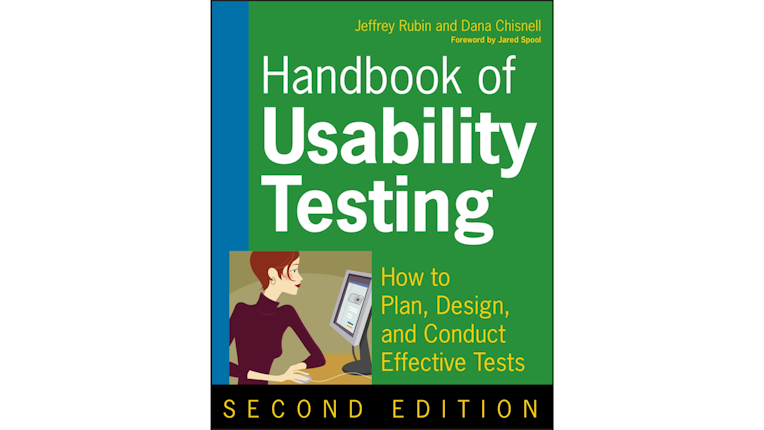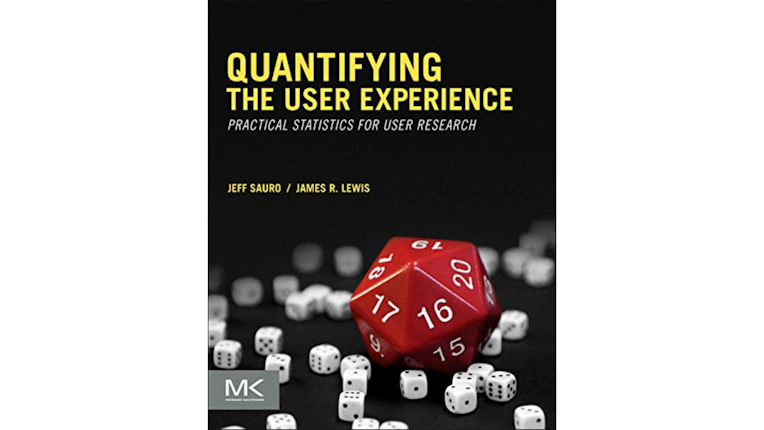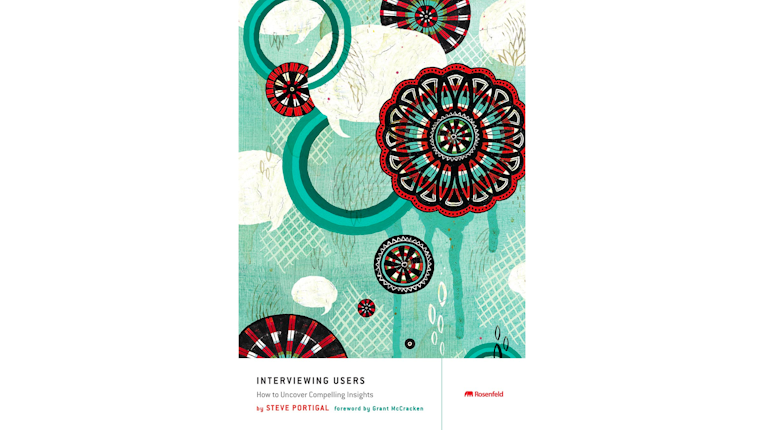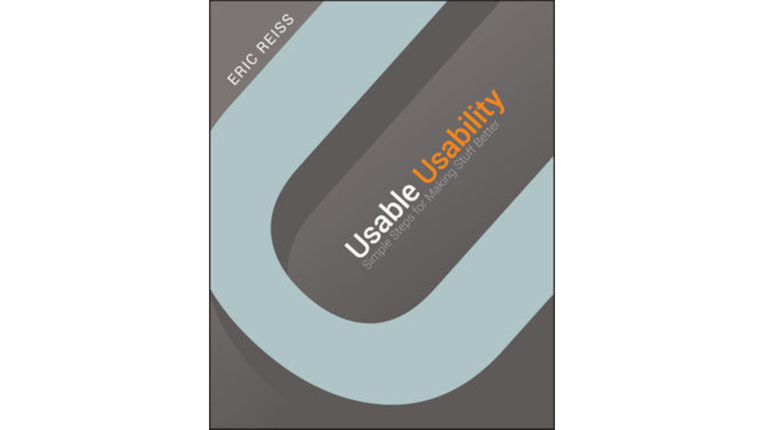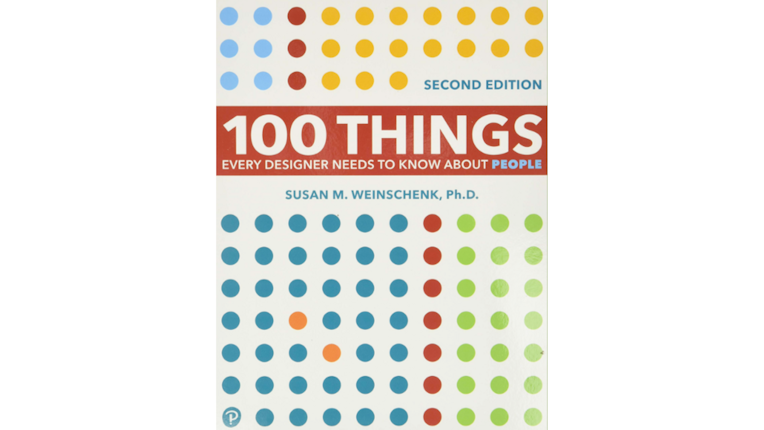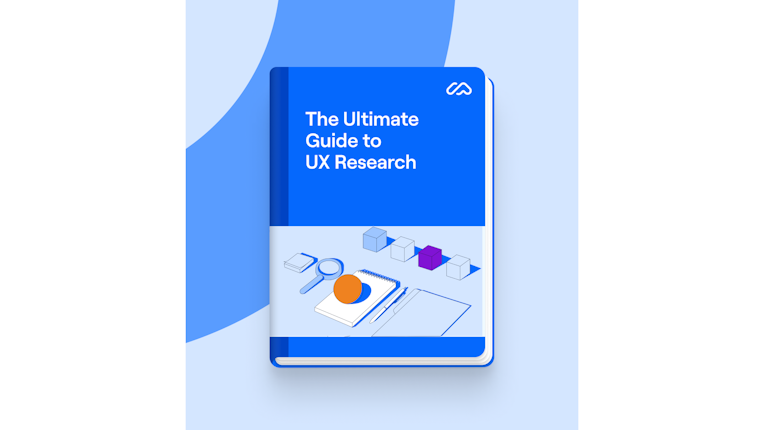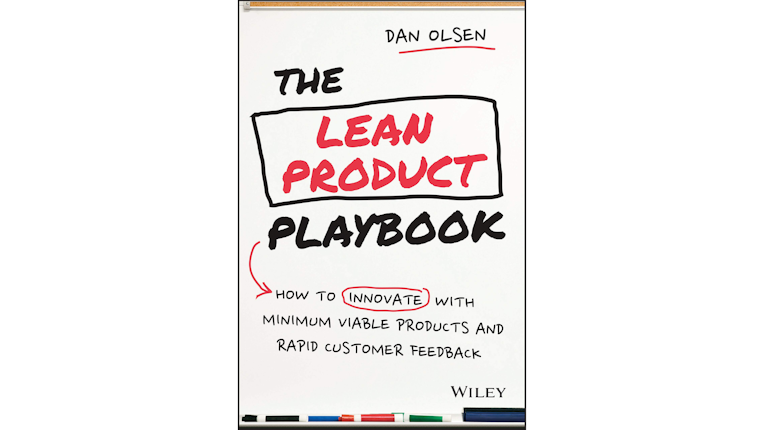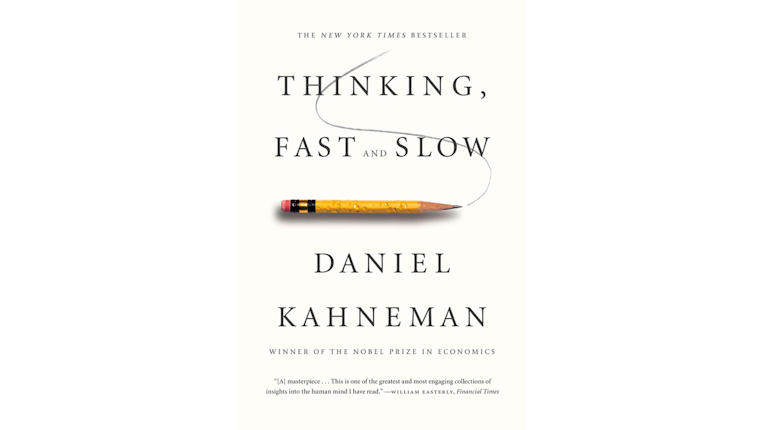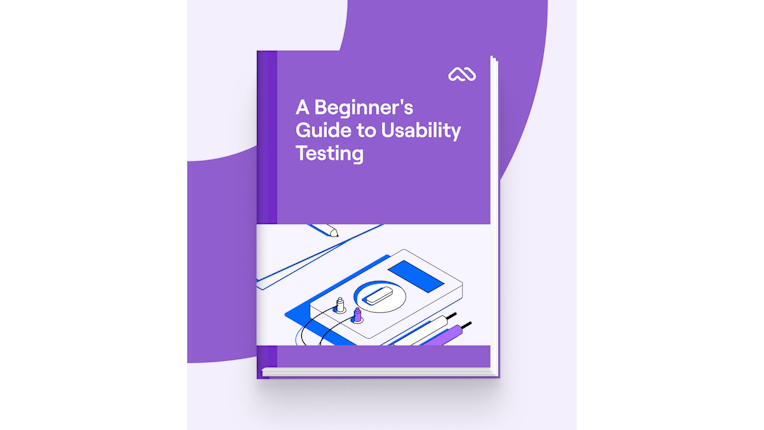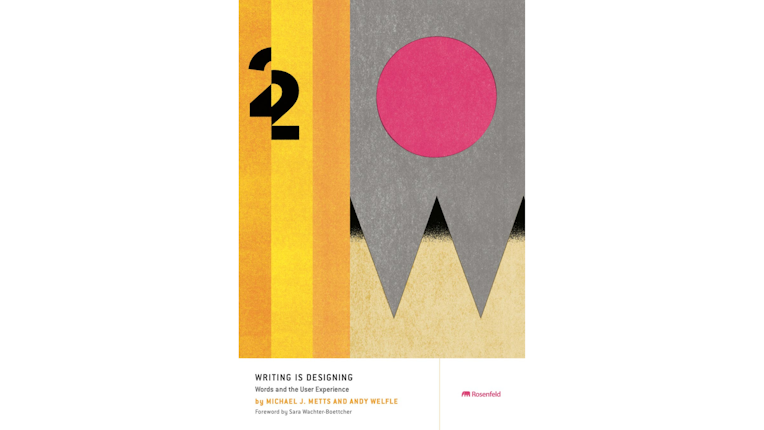Improving and developing your product requires that you also continuously improve and develop your own knowledge and skills. With the right resources, you’re always learning— about your product, your users, and how to synthesize both.
UX research looks into how users interact with your product, and how you can improve the experience from start to finish. Good UX research uncovers issues before they arise, and enables you to make informed decisions to provide the best user experience possible.
Continually learning and broadening your research horizons is an absolute must for improving your UX research skills and developing as a UX designer.
These 11 books—plus four bonus reads—provide key insights into UX research, and highlight the ways you can approach design for your product. Let’s take a look at your reading list:
- The User Experience Team of One: A Research and Design Survival Guide | Leah Buley
- Just Enough Research | Erika Hall
- Think Like a UX Researcher: How to Observe Users, Influence Design, and Shape Business Strategy | David Travis & Philip Hodgson
- Bottlenecks: Aligning UX Design with User Psychology | David C. Evans
- User Research: Improve Product and Service Design and Enhance Your UX Research | Stephanie Marsh
- Handbook of Usability Testing: How to Plan, Design, and Conduct Effective Tests | Jeffrey Rubin and Dana Chisnell
- Quantifying the User Experience: Practical Statistics for User Research | Jeff Sauro and James R. Lewis
- Interviewing Users: Uncover Compelling Insights | Steve Portigal
- Mental Models: Aligning Design Strategy with Human Behavior | Indi Young
- Usable Usability: Simple Steps for Making Stuff Better | Eric Reiss
- 100 Things Every Designer Needs to Know About People | Susan Weinschenk
11 Best UX research books to improve your researching skills
1. The User Experience Team of One: A Research and Design Survival Guide | Leah Buley
Leah Buley’s User Experience Team of One focuses on conducting UX research with fewer resources and less time than a traditional UX team. It’s the go-to book for practical UX research tips and techniques on a budget.
In this book, Buley shares her knowledge from many years in the experience design industry, during which she worked in key user experience roles at Publicis Sapient, InVision, and Intuit. Her professional career has consisted of researching and analyzing what makes design teams successful, and design’s overall role in a business.
The book guides readers from the very start of the design process—getting everyone onboard—to the very end—testing and validation methods. The book also includes a chapter on evangelism methods—for advocating for design and inspiring others—as well as next steps following your research.
Published 2013 | Buy the book | $39.39
2. Just Enough Research | Erika Hall
Next up is Erika Hall’s Just Enough Research—the guide to asking better questions and thinking critically about the responses. It’s one of two books written by Erika Hall, who shares her 20+ years of knowledge as Co-Founder of Mule Design Studios. In Just Enough Research, Erika shares the tried and tested UX research methods you can implement right away, no matter your team size or budget.
Just Enough Research covers the basics and the process, as well as topics like organizational research, user and customer research, evaluative research, surveys, and more. The book aims to help you uncover your own blind spots and biases, while understanding and harnessing your findings in order to do better research, faster.
Published 2013 | Buy the book | $29
🎧 Find out more about Erika and her thoughts on the relationship between design and business on The Optimal Path Podcast.
3. Think Like a UX Researcher: How to Observe Users, Influence Design, and Shape Business Strategy | David Travis & Philip Hodgson
Think Like a UX Researcher is a dive-in-anywhere book that looks to challenge the preconceptions you have about UX research. It looks at how you can plan and conduct UX research, analyze data, persuade teams to take action, and ultimately build a career in UX.
It includes some stand-out features, including thought triggers and exercises to test your UX knowledge, workshop ideas to strengthen your team’s UX muscles, and stories from experienced researchers detailing how you can implement UX research methods in your organization.
With over 50 years of UX research experience between them, Travis and Hodgson know a thing or two about investigating the user experience. It’s an insightful read for finding tools, inspiration and ideas to rejuvenate your thinking, inspire your team, and improve your craft.
Published 2019 | Buy the book | $45.56
4. Bottlenecks: Aligning UX Design with User Psychology | David C. Evans
David Evans’ Bottlenecks: Aligning UX Design with User Psychology connects cognitive psychology to explain the dos and don’ts of UX design. The book analyzes key concepts—such as perception and attention—on a psychological level before linking it back to UX design to uncover the best design for users.
Evans holds a Ph.D. in social psychology and currently works as a Senior Manager of Customer Research at Microsoft. In Bottlenecks, Evans shares the psychological processes impacting design success, before and after examples of pages enhanced by psychological alignments, and hypotheses for research to help better meet user needs.
The book promises to help designers, usability and user researchers, marketers and entrepreneurs with strategies for marketing and product development in the age of behavioral targeting. It’s essential reading for UX researchers and designers interested in learning more about the relationship between psychology and user experience design.
Published 2017 | Buy the book | $27.46
5. User Research: Improve Product and Service Design and Enhance Your UX Research | Stephanie Marsh
Stephanie Marsh’s User Research: Improve Product and Service Design and Enhance Your UX Research is key reading for marketing and product leaders looking to implement UX research in their organization. It looks at key UX research methods—such as user testing, card sorting, surveys, A/B testing, and more—as well as how to interpret and analyze obtained data.
Marsh is an experienced UX researcher who’s dived into the user experience at a number of different organizations, including User Experience Manager at HSBC and User Experience Lead at the UK Ministry of Defence. They’re now UX Research Operations Lead at Springer Nature Group.
The book consists of 30 chapters separated into three main sections: the fundamentals, selecting and using user research methods, and analyzing and presenting your data. User Research is a practical guide that walks readers through the wide array of user research methods and how to use them.
Published 2022 | Buy the book | $40.27
6. Handbook of Usability Testing: How to Plan, Design, and Conduct Effective Tests | Jeffrey Rubin and Dana Chisnell
The Handbook of Usability Testing is a great intro into the tools and techniques necessary to create effective usability tests. It’s a practical guide for usability testing beginners, and a useful resource for teams looking to take UX research to the next level.
Both Rubin and Chisnell have ample experience in the UX research space, with a specific focus on usability testing. Rubin’s experience comes from 30 years as a human factors and usability research consultant and lecturer, and Chisnell’s from a career as a usability, user interface design, and technical communications consultant since 1982.
This UX research book dives deep into usability testing, including a rigorous step-by-step approach, common pitfalls to avoid, real-life examples and case histories, and usable templates, models, tables, and more.
Published 2008 | Buy the book | $20.79
7. Quantifying the User Experience: Practical Statistics for User Research | Jeff Sauro and James R. Lewis
Quantifying the User Experience is the ideal book for UX researchers looking to further their UX research know-how. It’s a practical guide for using statistics to solve quantitative problems in user research.
Both Sauro and Lewis are internationally recognized in the user research field. Sauro is a pioneer in quantifying the user experience, and is the founding principal of MeasuringU—a company providing statistics and usability consulting to Fortune 1000 companies. Lewis is a Senior Human Factors Engineer at IBM, where he primarily focuses on the design and evaluation of user interfaces.
In their book, Sauro and Lewis discuss ways to quantify user research, summarize data and calculate margins of error, select appropriate sample sizes, and more. Each chapter includes a final summary of key points and references, as well as a set of problems and answers to test your knowledge.
Published 2012 | Buy the book | $56.32
8. Interviewing Users: Uncover Compelling Insights | Steve Portigal
Interviewing Users is a staple read for any marketers, product people, or UX researchers looking to improve their user interviewing skills. The book provides invaluable interviewing techniques and tools that enable readers to conduct informative interviews with anyone.
Portigal has over 20 years of experience building user experience practices and interviewing a wide variety of people. In 2001, he founded Portigal Consulting, where he helps organizations bring insights about their users into their design and development processes.
Interviewing Users aims to turn your interviews from simply gathering information, into uncovering powerful insights about people. It includes tips on embracing how others see the world and building rapport during interviews, as well as templates, samples, and presentations.
Published 2013 | Buy the book | $36.48
9. Mental Models: Aligning Design Strategy with Human Behavior | Indi Young
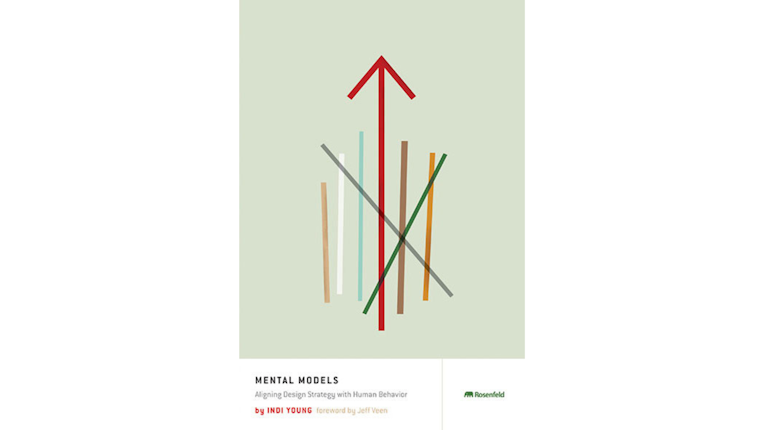
Mental Models | Indi Young
Indi Young’s Mental Models is a UX design book that highlights how understanding people’s reasons for doing things can help you build better experiences. The book is informed by Indi’s 30 years of experience in the design field, during which she co-founded the pioneering UX agency Adaptive Minds in 2001.
Mental Models shares Indi’s 29+ years of research experience, and how great research limits the risk further along in the design process. The book starts with a brief guide on how to use the book, before outlining three main sections: What, Why, When, and Who?, The Method, and Applications.
In these sections, Young delves into the importance of understanding your research reasons and audience, and how to go about conducting comprehensive user research.
It’s a roll-up-your-sleeves book for designers, managers, and anyone else interested in making strategic and successful designs. It helps UX designers and researchers better understand the importance of human psychology in design, and enables you to deepen your understanding of what makes designs outstanding.
Published 2008 | Buy the book | $43.89
10. Usable Usability: Simple Steps for Making Stuff Better | Eric Reiss
UX guru Eric Reiss shares his decades of experience making products usable for everyone. Reiss’ experience as an information architecture specialist led him to his current role as CEO and Chairman of The FatDUX Group—DUX being an abbreviation for Designers of User Experience.
Usable Usability equips designers with guidelines and checklists for evaluating and improving products, highlights essential aspects for building the user experience, and addresses considerations for product clarity.
The book separates usability into 10 chapters that cover key considerations for UX design:
- Functional
- Responsive
- Ergonomic
- Convenient
- Foolproof
- Visible
- Understandable
- Logical
- Consistent
- Predictable
The 11th chapter then focuses on next steps, such as guerilla-style usability and formalized think-aloud tests. While not explicitly a UX research book, it’s a great reminder to UX designers of the basic design principles to keep in mind—and how to apply those in everyday UX design.
Published 2012 | Buy the book | $26.63
11. 100 Things Every Designer Needs to Know About People | Susan Weinschenk
Last up is Susan Weinschenk’s 100 Things Every Designer Needs to Know About People.
Designers create with actions in mind—actions they want users to take upon interacting with the design. This book arms UX researchers and designers with insights and knowledge that enable them to build intuitive designs that consider human behavior and encourage users to take action.
Since 1985, Susan Weinschenk has been using her Ph.D. in psychology to contribute to the field of design and user experience. Weinshenk has published a total of five books relating to design, and currently works as Chief Behavioral Scientist and CEO at The Team W, Inc.
The book covers key considerations for designers and researchers alike, such as what keeps someone’s attention, what makes memories stick, how to predict the type of errors humans will make, and much more.
100 Things Every Designer Needs to Know connects human nature to UX to enable researchers to understand users with little guesswork. It’s about what makes people tick, and why it should matter to you.
Published 2011 | Buy the book | $25.98
12. Bonus Mention: The Ultimate Guide to UX Research | Maze
Our bonus mention—and a go-to resource for UX designers and developers—is The Ultimate Guide to UX Research. Of course we’re biased, but it’s a must-read for all teams looking to conduct user research—whether that’s product or marketing.
The guide is a great resource for those looking to better understand anything and everything about UX research. It simplifies the process for non-UX researchers and enables anyone to learn what it takes to conduct effective UX research.
The guide includes:
- How to create a research plan
- Generative research: Definition, methods, and examples
- Evaluative research: Definition, methods, and types
- Qualitative and quantitative research
- UX Research methods
- UX Research tools
It’s the perfect resource for turning a research idea into a research reality—regardless of your and your team’s experience.
4 More books to help you on your UX journey
If you consider the above 11 books your mandatory reading, consider this list your optional—but highly recommended—reading list. They’re not solely about UX design and research, but they’re packed full of strategies to help you sharpen your UX design tools.
1. The Lean Product Playbook | Dan Olsen
The Lean Product Playbook is a how-to guide for creating products that people love. Dan Olsen writes from his experience working with a variety of organizations, from small, early-stage startups to large public companies.
Many product managers, CEOs, and founders cite The Lean Product Playbook as a key resource when starting their journeys to building useful and successful products. It’s a practical, step-by-step process for implementing lean techniques from the get-go.
The book is split into three parts:
- Core concepts
- The lean product process
- Beyond MVP
It’s a can’t-miss book for designing products that people love.
Published 2015 | Buy the book | $35
2. Thinking, Fast and Slow | Daniel Kahneman
Daniel Kahneman’s Thinking, Fast and Slow is a staple for anyone looking to better their understanding of how humans work, and how the human brain is susceptible to making the same mistakes over and over.
Kahneman explains the two systems in our brain that impact decision-making: system one is fast and automatic, whereas system two is conscious, aware, and considerate. Kahneman details how each system makes decisions, and how they often lead us to incorrect answers.
It’s an insightful read for understanding people, including yourself. It enables you to get a better understanding of the human psyche, and how you can take advantage of fast thinking in your product design.
Published 2011 | Buy the book | $12
3. A Beginner’s Guide to Usability Testing | Maze
The ultimate guidebook to usability testing, this ebook runs readers through the usability testing process, as well as the different types of usability testing available for UX research and the best tools to use.
Exploring methods like remote testing and guerilla usability testing, the guide also includes details on analyzing and presenting usability metrics, plus an inside look at some real-life usability testing examples.
4. Writing Is Designing: Words and the User Experience | Michael J. Metts and Andy Welfle
Writing is Designing covers the importance and usefulness of words in UX design. Authors Michael J. Metts and Andy Welfle use their combined experience as product designers to share their insights on how words can create useful, usable experiences.
Some of the most notable chapters include:
- Creating clarity: know what you’re designing
- Inclusivity and accessibility: writing that works for everyone
- Tone: meeting people where they are
Overall, it’s an eye-opening read for UX designers unfamiliar with the impact of the words around designs, and a great opportunity to expand your UX knowledge of ways that words can improve your designs.
Published 2020 | Buy the book | $44.06
Hungry for more? Take a look at our top 17 greatest graphic design books to take your visuals to the next level.
Improving UX research is a process
When it comes to UX research, one thing’s for sure—you’re not alone. Thousands of businesses—both large and small—are searching for the best way to conduct user research and improve the user experience.
Reading up on UX research developments and best practices is a great place to start, and these 11 books make it easy. Take your pick, find a relaxing reading spot, and get stuck in to a new perspective on UX research and design.
If you’re looking for additional resources, check out our library of UX, research and design guides and collections, as well as our UX research templates. You can also head over to The Optimal Path podcast, where we chat to different product people each episode and delve into the stories, ideas, and approaches that drive product decision-making.
Frequently asked questions about UX research books
What should I study for UX research?
What should I study for UX research?
There’s no set reading list for conducting useful UX research, but some books we’d recommend include:
- The User Experience Team of One: A Research and Design Survival Guide | Leah Buley
- Just Enough Research | Erika Hall
- Think Like a UX Researcher: How to Observe Users, Influence Design, and Shape Business Strategy | David Travis & Philip Hodgson
- Bottlenecks: Aligning UX with User Psychology | David C. Evans
- User Research: Improve Product and Service Design and Enhance Your UX Research | Stephanie Marsh
- Handbook of Usability Testing: How to Plan, Design, and Conduct Effective Tests | Jeffrey Rubin and Dana Chisnell
- Quantifying the User Experience: Practical Statistics for User Research | Jeff Sauro and James R. Lewis
- Mental Models: Aligning Design Strategy with Human Behavior | Indi Young
- Usable Usability: Simple Steps for Making Stuff Better | Eric Reiss
- 100 Things Every Designer Needs to Know About People | Susan Weinschenk
- The Ultimate Guide to UX Research | Maze
The exact books you should be reading depend on your expertise—are you a beginner, an expert, or somewhere in between? Consider your existing knowledge and aim for a book you find challenging and engaging.
How do I practice UX research?
How do I practice UX research?
There are a variety of methods that you can use throughout your research process. You’ve likely heard the saying: practice makes perfect—and that applies to UX.
Continuous self-improvement and learning are key to becoming a UX research expert. Staying on top of industry trends and developments, reading the latest UX literature, and following the top UX industry experts will help you develop your skills and UX network.
Is UX research difficult?
Is UX research difficult?
There are parts of UX research that are tough—but those parts depend on your skills and experience. UX research is a lot easier when you’ve got the required UX research methods and resources for making it happen.






